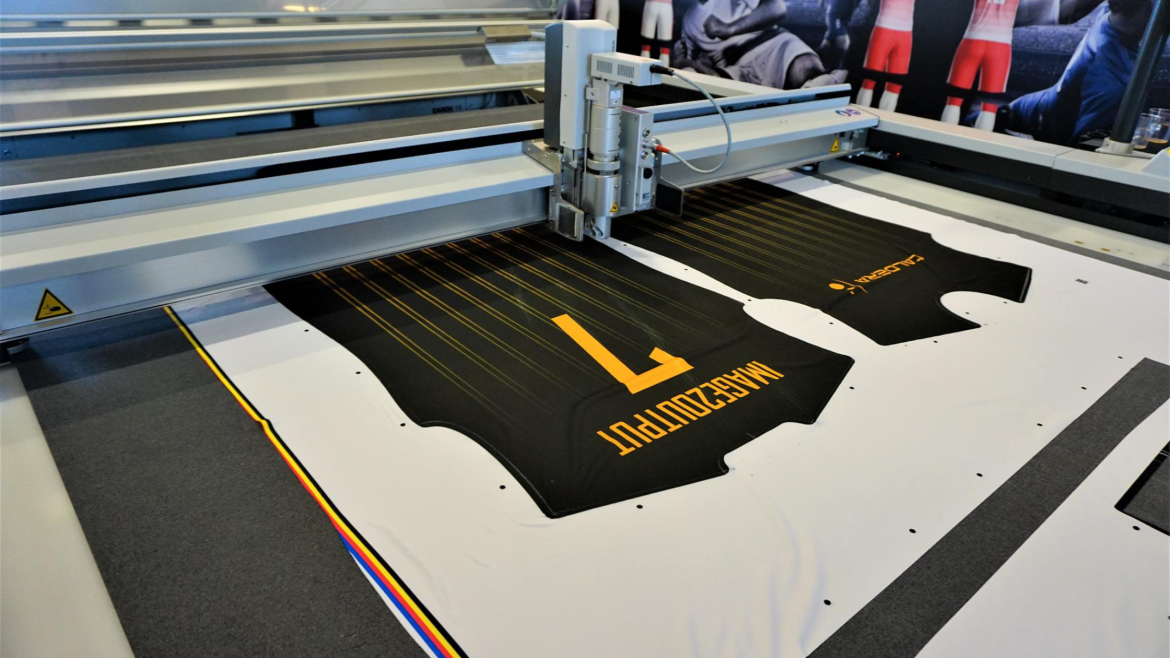 Aug
09
Aug
09
Water-Saving Techniques in Garment Production
- 9 August 2024
- 0 Comment(s)
Water is a precious resource, and the textile industry uses an immense amount of it in its various production processes. From cultivating raw materials like cotton to dyeing and finishing textiles, the industry uses a lot of water.
When using traditional dye and washing methods, thousands of liters of water are needed for a single article of clothing. This excessive water use has serious environmental repercussions, particularly in areas where water scarcity is already a problem. As consumers become more environmentally aware, there is a growing demand for sustainable fashion practices.
The best thing is companies have innovated water-saving techniques to save water consumption without compromising the quality. Thus, this blog on the best way to reduce water consumption in garment production will help you decide to create stylish, high-quality garments while protecting our valuable water resources.
What is Water Usage in the Textile Industry?
The textile industry is one of the largest consumers of water worldwide, using vast amounts at various stages of production. Water is essential for processing textile raw materials, dying, printing, and finishing.
For example, cotton farming alone uses enormous amounts of water for irrigation, and dyeing and finishing processes also require a lot of water. Additionally, the wastewater generated by the textile industry often contains harmful chemicals and dyes, which can pollute local water sources if not adequately treated.
As awareness of these environmental impacts grows, the industry is increasingly adopting innovative water-saving technologies and sustainable practices to decrease its water waste and promote a more eco-friendly sportswear approach to production.
Top 5 Tips to Reduce Water Consumption in Garment Production
Water Flow Reduction
One of the best water-saving techniques in sportswear production is water flow reduction. It can be easily achieved by avoiding any leakage or broken issues in the water supply. If only the required water is supplied to the equipment during sportswear production, then it will result in a 15% saving of good water.
Additionally, this technique will optimize the water flow rates at various stages of manufacturing, such as washing and dyeing, to ensure minimal water waste. These changes benefit the environment and reduce operational costs, thus becoming a win-win for manufacturers and consumers.
Utilize Organic Cotton
Choosing organic cotton for sportswear production is a sustainable move that significantly cuts down on water usage. According to the Institute of Water Report, about 2710 liters of water are utilized in the production of one conventional cotton t-shirt.
On the other hand, organic cotton requires 91% less water, making it a more water-efficient option. Brands can offer environmentally conscious products that appeal to consumers who care about the environment and encourage water conservation by introducing organic cotton into their sportswear lines.
Invest in Water Reuse Systems
The installation of advanced water reuse systems in sportswear production facilities can significantly lead to substantial water savings. This reduces water consumption in garment production techniques that make use of the same water in different phases.
For example, mercerizing rinse water can be used to make scour, wet baths, or prepare chlorine bleach; bleach-rinse water can be used to rinse scoured fabric; and so forth. This closed-loop system guarantees a steady supply of clean water for production needs while also conserving water.
Reuse Dye Liquors
Sportswear production can utilize less water by reusing dye liquors. The water based solution can be used in the dyeing process and can be used further for manufacturing the same color and shade of custom sportswear. It will reduce the need for freshwater.
Reusing dry liquors reduces water usage and the cost of chemicals and dyes. Proper filtration and purification are needed in this technique to maintain the quality of gym and fitness clothes.
Reuse Cooling and Wash Water
One helpful way to save water is to reuse the cooling and wash water when making sportswear. The need for freshwater can be decreased by collecting, treating, and reusing cooling water, utilized at different manufacturing phases.
Similarly, rinse water that has undergone sufficient filtration from its initial cleaning processes can be recycled for use in later rinses. With this technique, the less contaminated water from the last wash can be used again. This not only helps conserve water but also enhances the overall sustainability of the sportswear production process.
The Bottom Line on Water-Saving Techniques
Reducing water consumption in sportswear production is essential for a more sustainable future. This not only saves fresh water but also reduces the production of sportswear and aligns brands with the growing consumer demand for sustainable water-saving techniques.
Also, the individuals involved in textile- production have become so vocal about declining water quality and the lack of sufficient clean water for homes and agriculture; thus, they are moving towards more sustainable and eco-friendly practices for producing sportswear.
As technology continues to grow, we can expect even more groundbreaking methods to emerge, further greening the garment production process. TD Sportswear believes in the same philosophy and makes use of sublimation processes to deliver best quality sportswear to its clients.
 4,9/5 review
4,9/5 review 